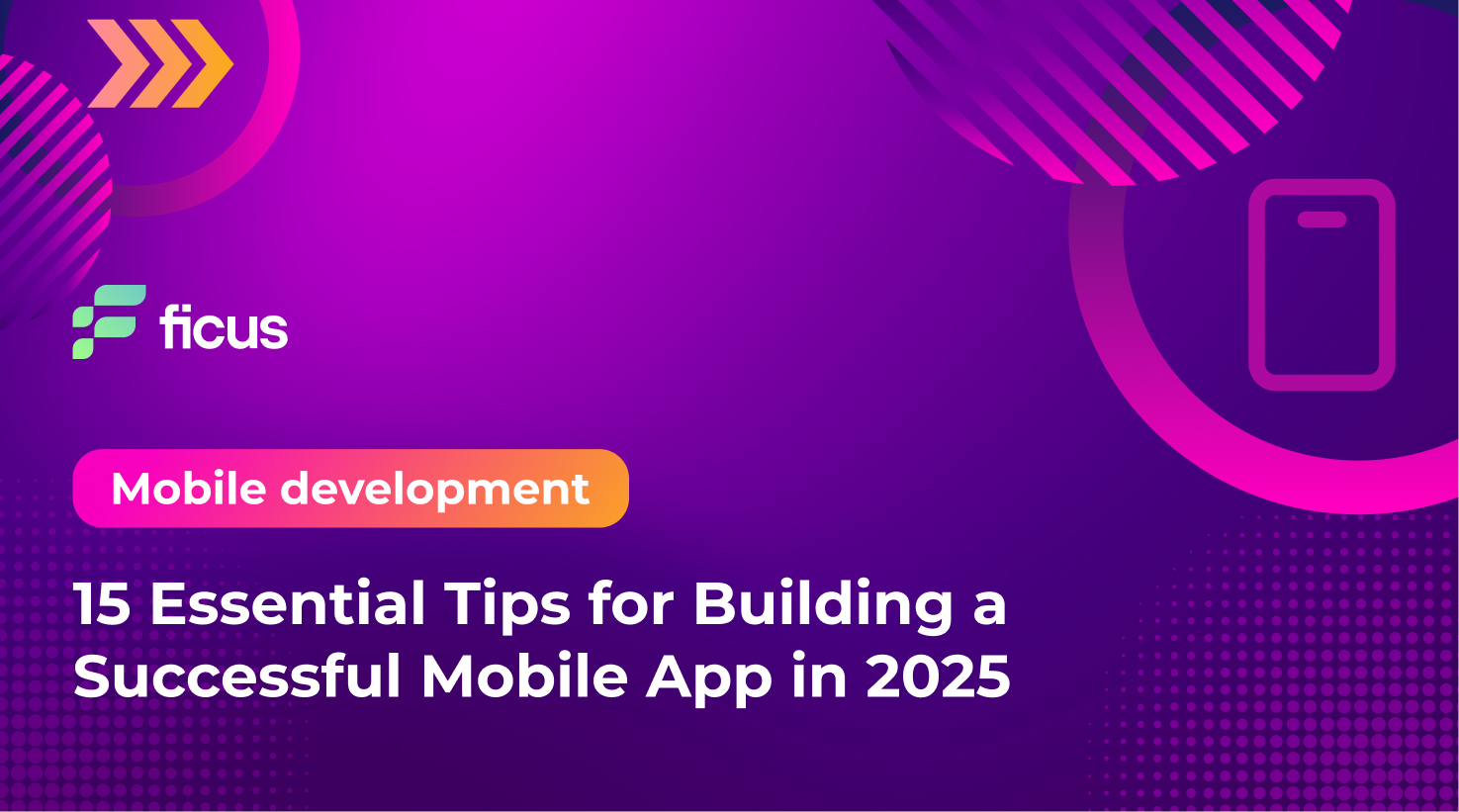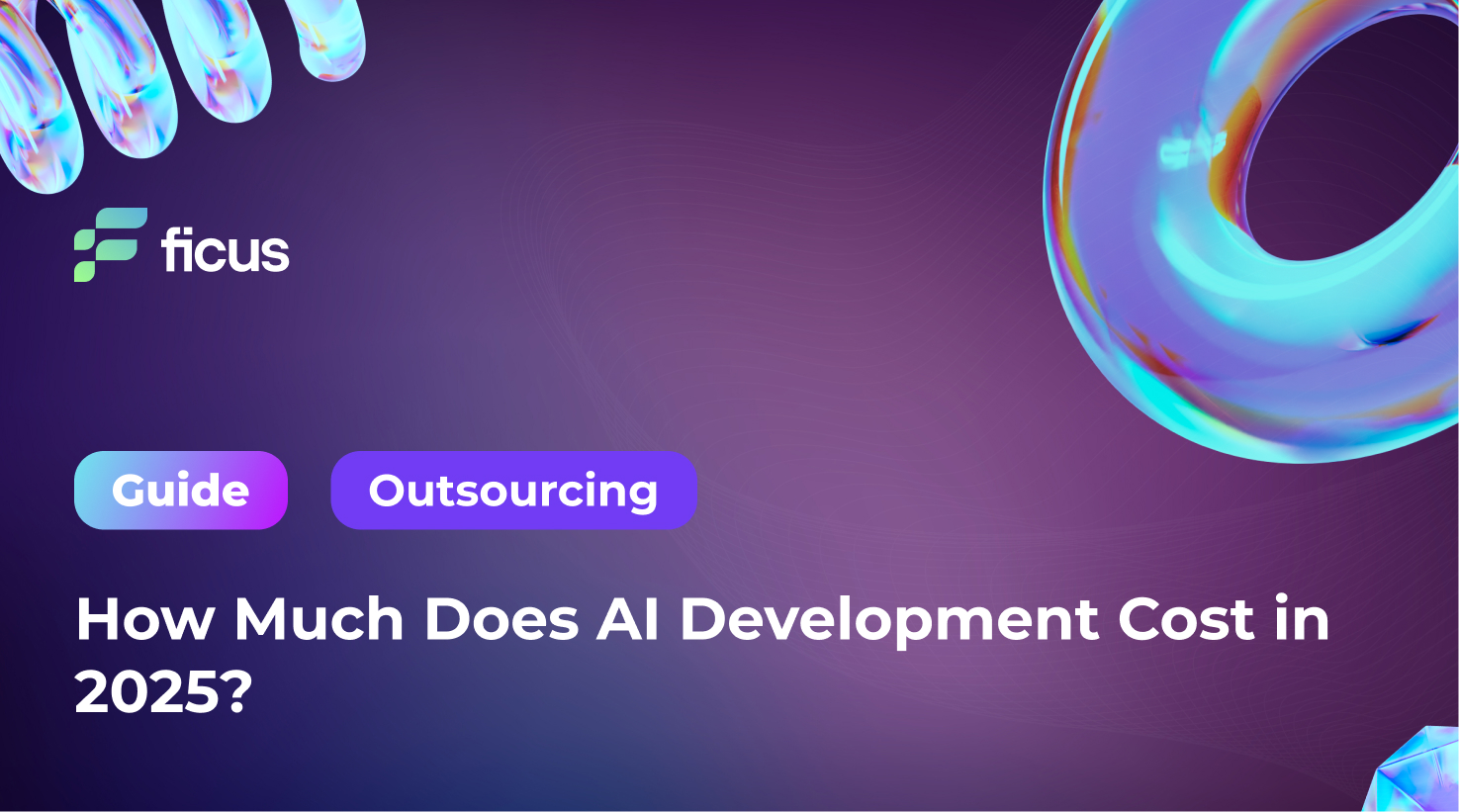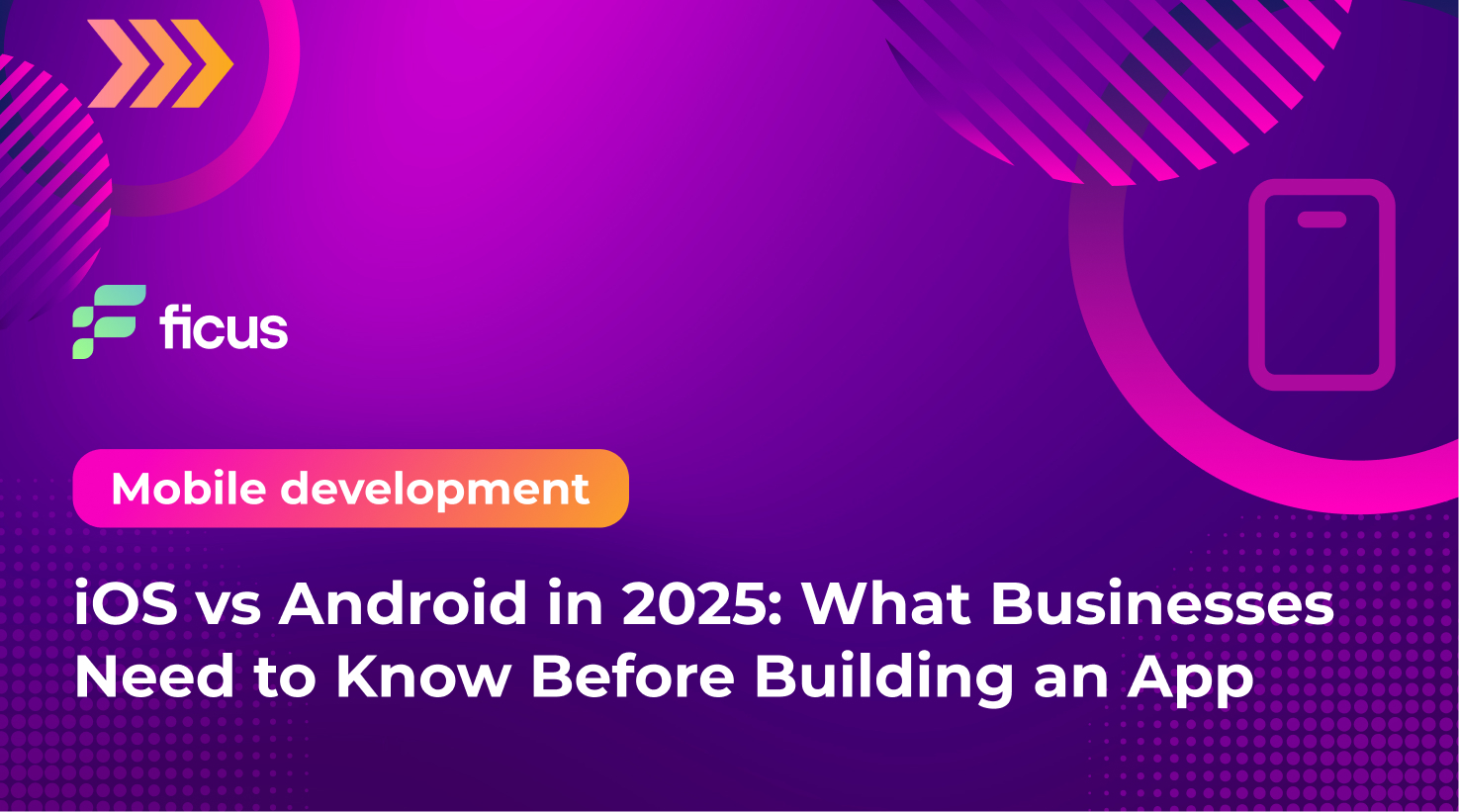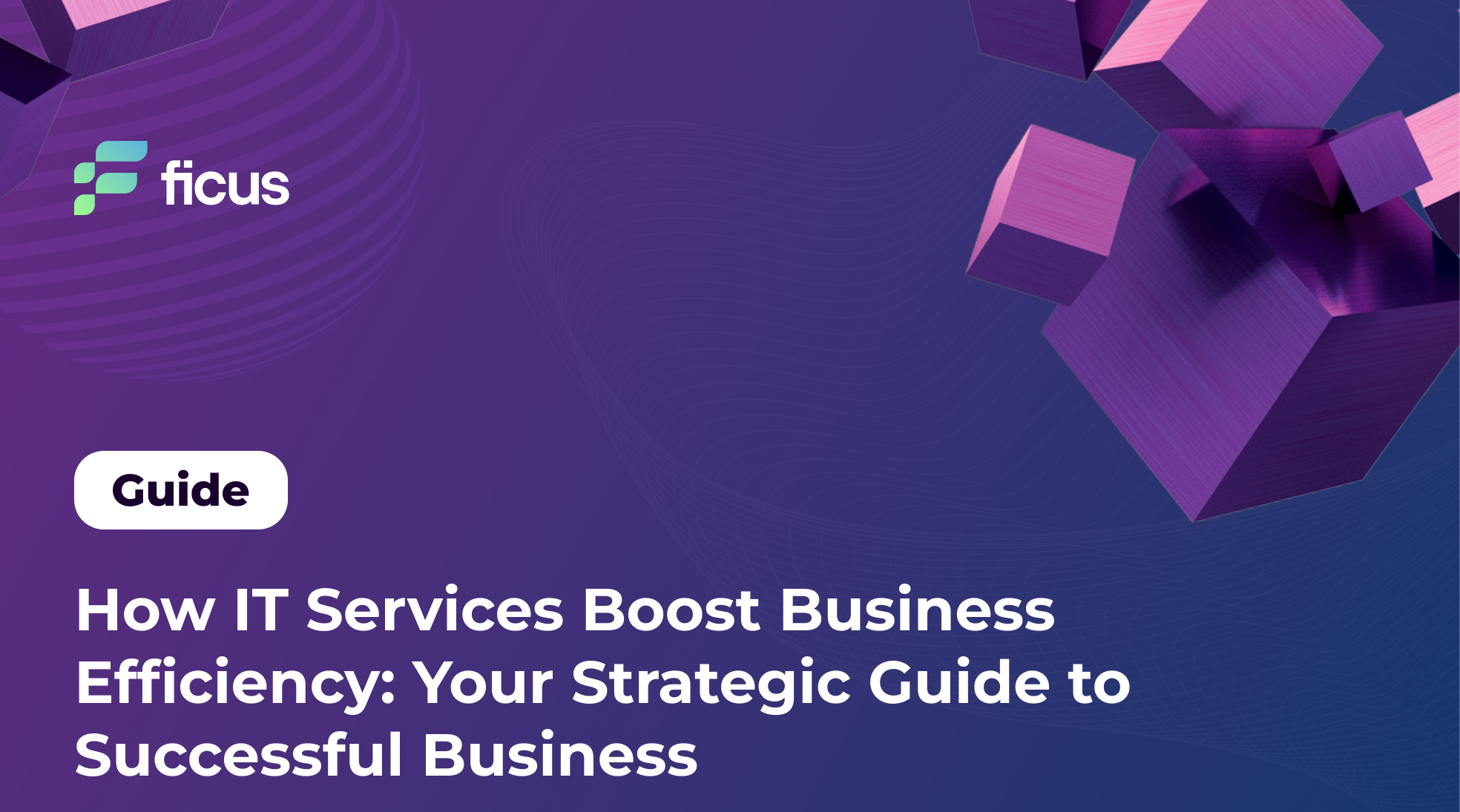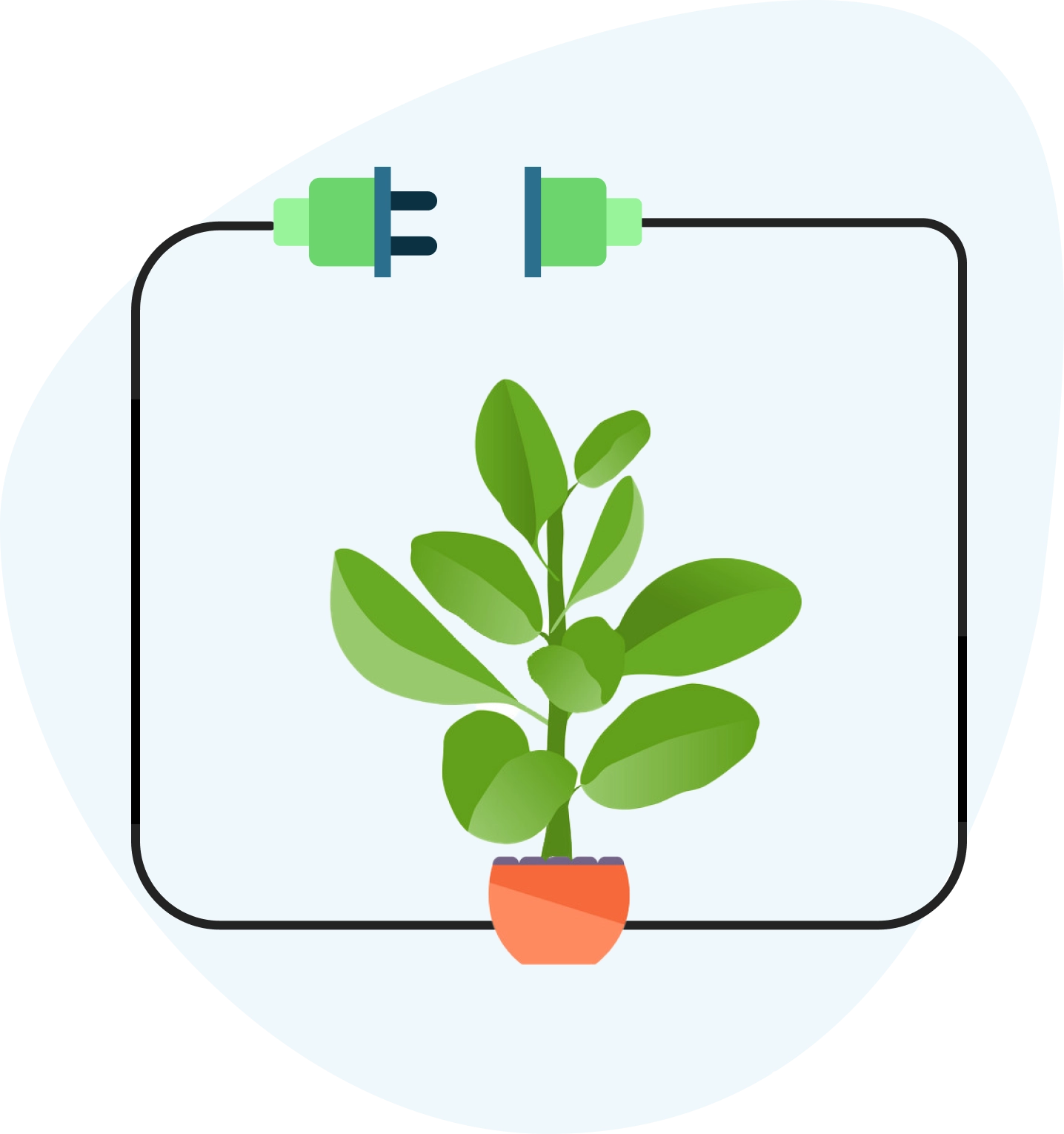With millions of apps live on the App Store and Google Play, user attention is limited. On average, users download over 90 apps—but engage with only about 40 per month. To break through this noise, your mobile product must deliver genuine value and seamless experience.
This guide takes you through 15 evidence-based recommendations for planning, launching, and optimizing a mobile app that resonates in 2025—and works as a clear checklist when partnering with a development team.
Executives and CTOs seeking effective app strategy.
Design and development partners aiming to create standout experiences.
Investors and product teams evaluating app-market fit and execution plans.
- Success depends on aligning market, user needs, and product vision.
- Focus on simplicity, performance, and value—feature bloat and poor UX undermine results.
- Choose a development approach (native, cross‑platform, KMM) that fits your budget, timeline, and scale goals.
What Is a Mobile Application?
A mobile application (app) is software built to run on smartphones, tablets, and other handheld devices. Apps are designed to accomplish specific tasks—messaging, shopping, banking, telemedicine, navigation, wellness tracking, field work—and they do so by combining an on-device interface with cloud services and APIs. With billions of smartphones in use worldwide, mobile apps have become the default way people discover, buy, learn, and get support.
Technically, apps come in three broad forms. Native apps are written for a specific platform (Swift/Objective-C for iOS; Kotlin/Java for Android) and offer the best performance, access to sensors (camera, GPS, biometrics), push notifications, and offline storage. Cross-platform apps (e.g., React Native, Flutter) share most code across iOS and Android, speeding delivery while keeping near-native UX. Progressive Web Apps (PWAs) run in the browser, install from the web, and can work offline within limits—useful for content and lightweight utilities.
Distribution usually happens through Apple’s App Store and Google Play, where apps pass reviews for security, privacy, and policy compliance before users download signed packages (IPA or AAB/APK). A successful app follows a full lifecycle: product discovery and UX, iterative development, CI/CD builds, testing on real devices, staged rollouts, analytics-driven updates, and continuous monitoring of crashes and performance.
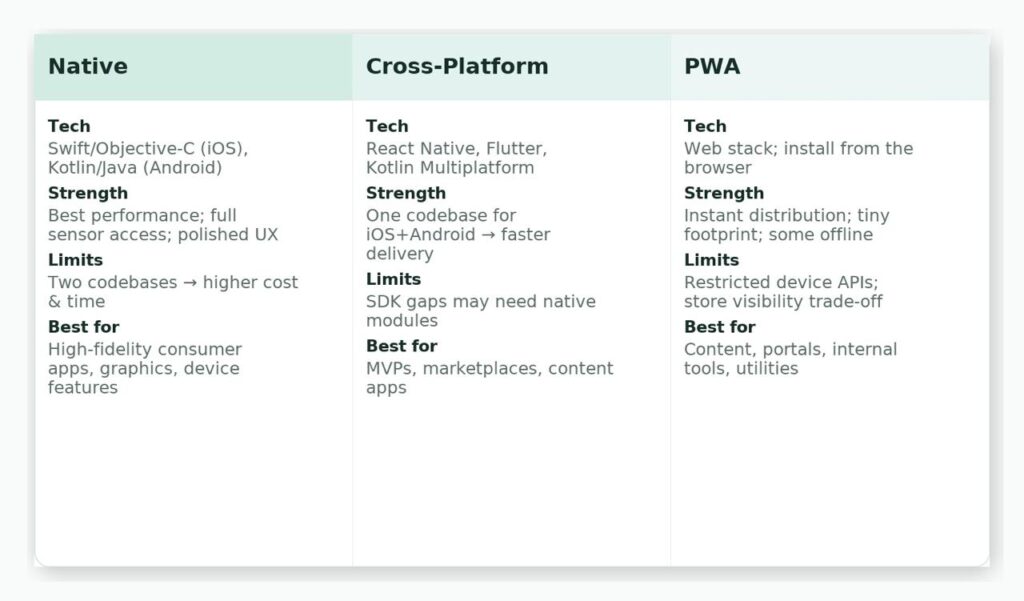
15 essential tips for anyone planning to develop a mobile app in 2025
The mobile app industry continues to evolve rapidly, and entering the market in 2025 requires more than just a good idea. With millions of apps already competing for users’ attention, the key to success lies in clarity, value, and execution. Below are 15 in-depth tips to guide you through every stage of your app development journey.
- Identify Your Target Audience
Before any development begins, understand exactly who your users are. Define their demographics, behavior, pain points, and motivations. This helps prioritize features and ensures you’re solving a real problem. - Deliver Real Value
An app must do more than just exist—it must offer clear, immediate value. Whether it’s saving time, reducing cost, or improving a task, your app should offer users a reason to return. - Choose the Right Business Model
Decide early how your app will generate revenue: paid download, subscription, freemium, or in-app purchases. The model must align with user expectations and app functionality. - Keep Your Feature Set Focused
Avoid feature overload in the first version. Focus on your core offering and do it well. Release secondary features only after you’ve validated your main use case. - Choose the Right Tech Stack
Native (Swift/Kotlin), cross-platform (Flutter, React Native), or Kotlin Multiplatform (KMM)? Make decisions based on your app’s complexity, development resources, and long-term scalability needs. - Design a Clean and Intuitive UI
User interface matters. Prioritize clarity, ease of navigation, and modern design practices. A good design lowers the learning curve and improves engagement from the first session. - Build a Strong Development Team
Even the best idea fails without the right team. Ensure you have developers, designers, QA, and product managers who understand both the technology and the business context. - Align Everyone Around One Vision
Product, design, and engineering must share a common understanding of the app’s purpose. Misalignment leads to scope creep and inefficient execution. - Prioritize App Performance
Speed and stability matter. Users abandon apps that crash or lag. Prioritize fast load times, smooth transitions, and minimal battery drain. - Ensure Data Privacy and Security
2025 users are more privacy-aware than ever. Use encryption, secure APIs, proper authentication, and follow best practices (e.g., OWASP Mobile Top 10). - Plan a Smart Go-To-Market Strategy
A great app with poor visibility is a missed opportunity. Plan your pre-launch, launch, and post-launch marketing with clear goals and tactics. - Invest in Continuous Marketing
User acquisition doesn’t stop at launch. Use SEO, paid ads, influencer campaigns, email marketing, and in-app incentives to build and retain your user base. - Ship Regular Updates
Apps that are updated regularly are seen as more reliable. Fix bugs, adapt to platform changes, and continuously improve user experience based on analytics. - Analyze Metrics and Feedback
Track KPIs like retention rate, churn, DAUs, and conversions. Combine this with direct user feedback to plan what to improve or drop. - Focus on Retention
Acquiring users is just the beginning. Use onboarding, push notifications, rewards, and personalization to keep users coming back.
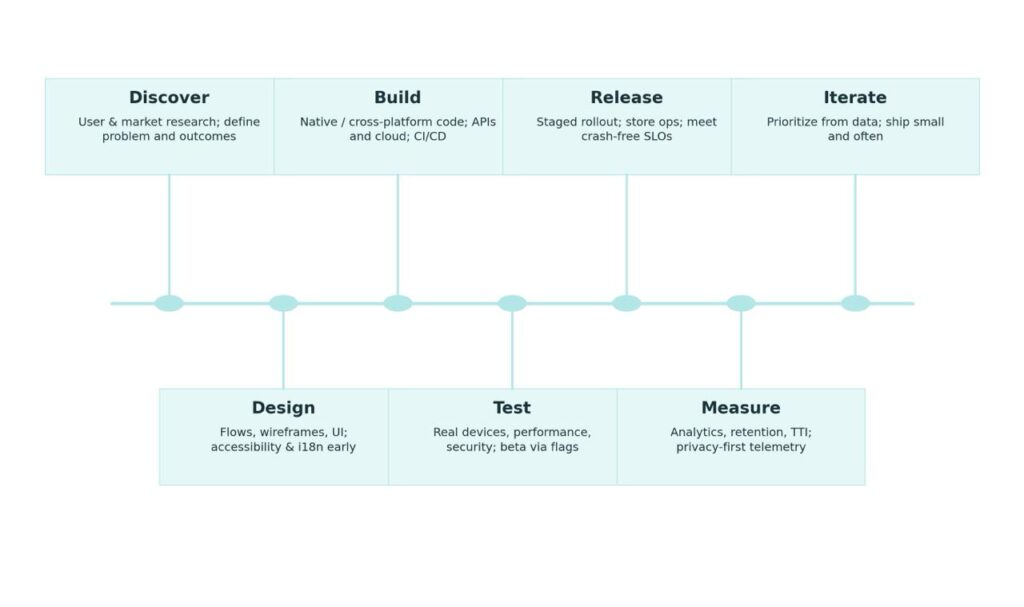
Conclusion
A successful mobile app isn’t just a bright idea—it’s a system. The winners treat product work as an ongoing loop: hypothesize, ship small, measure real behavior, and refine. That loop is powered by the unglamorous basics: rock-solid performance on real devices, privacy-first data handling, resilient release engineering (feature flags, staged rollouts, crash-free targets), and a clear view of what “success” means (activation, retention, revenue, or cost-to-serve).
Technical choices matter only insofar as they serve the strategy. Native vs. cross-platform vs. PWA, on-device ML vs. cloud inference, local-first storage vs. always-online—each trade-off should be tied to your users, your market, and your speed to learn. Equally, design for scale from day one: accessibility, internationalization, offline paths, analytics you trust, and security that passes audits—because retrofitting these later is expensive.
If you stay lean, iterate on evidence, and remain fanatically user-focused, you dramatically improve your odds of building a high-impact app in 2025. Ship value weekly, protect trust relentlessly, and let the data tell you what to build next.
Why Ficus Technologies?
Ficus Technologies brings deep expertise in mobile app development, leveraging modern tech stacks, AI/ML capabilities, and scalable cloud solutions. Whether you’re building an MVP or a complex enterprise-grade app, we offer end-to-end support from ideation to deployment and growth. Our developers stay ahead of 2025 trends and build with compliance, security, and performance at the core.
Timelines depend on the scope and complexity of your project. A simple MVP may take 2–4 months, while a full-featured product can take 6–12 months or more.
Cross-platform is great for speed and budget; native is better for performance and device-specific features.
We work with Flutter, React Native, Swift, Kotlin, and scalable backends on AWS, GCP, and Azure.
